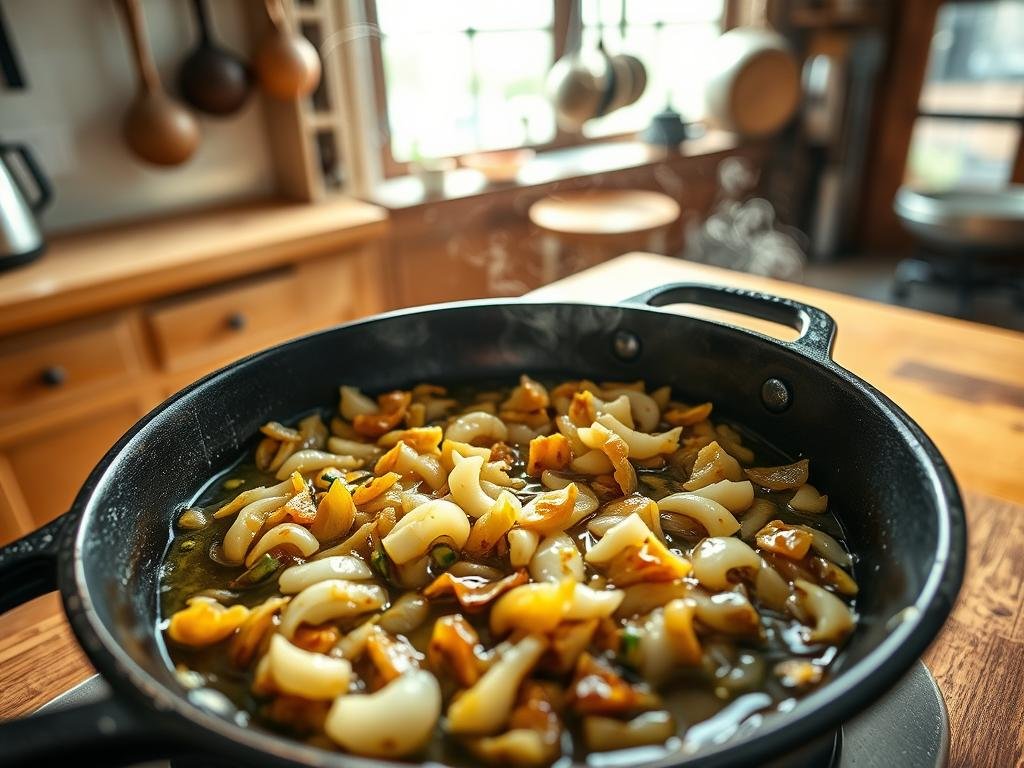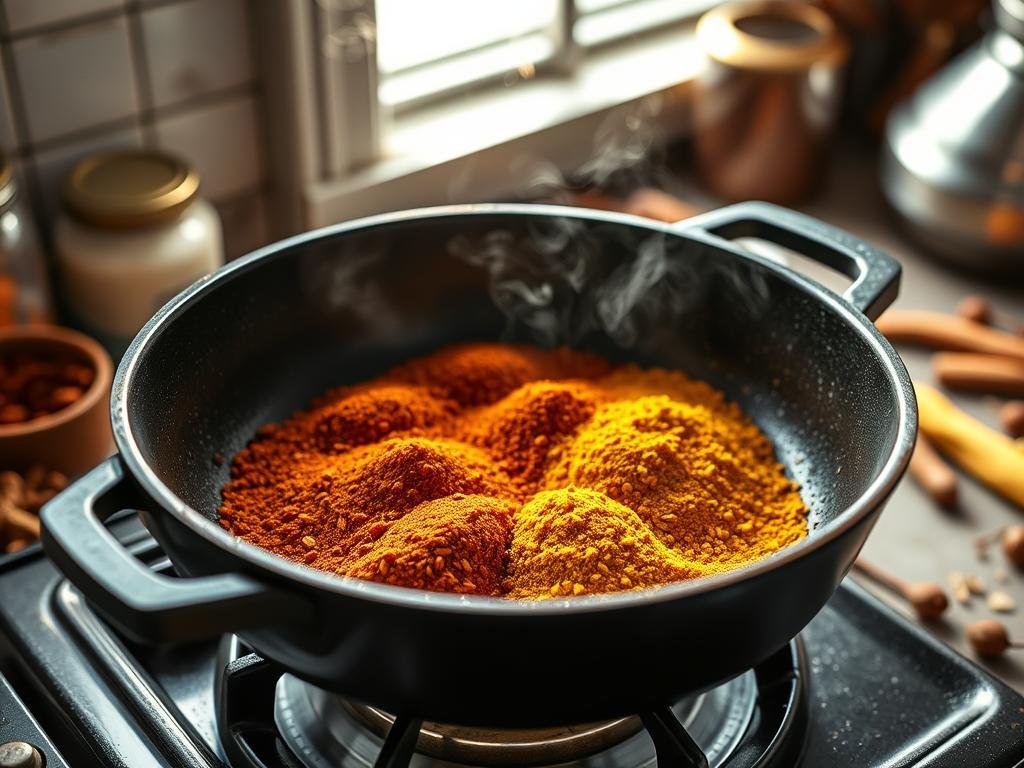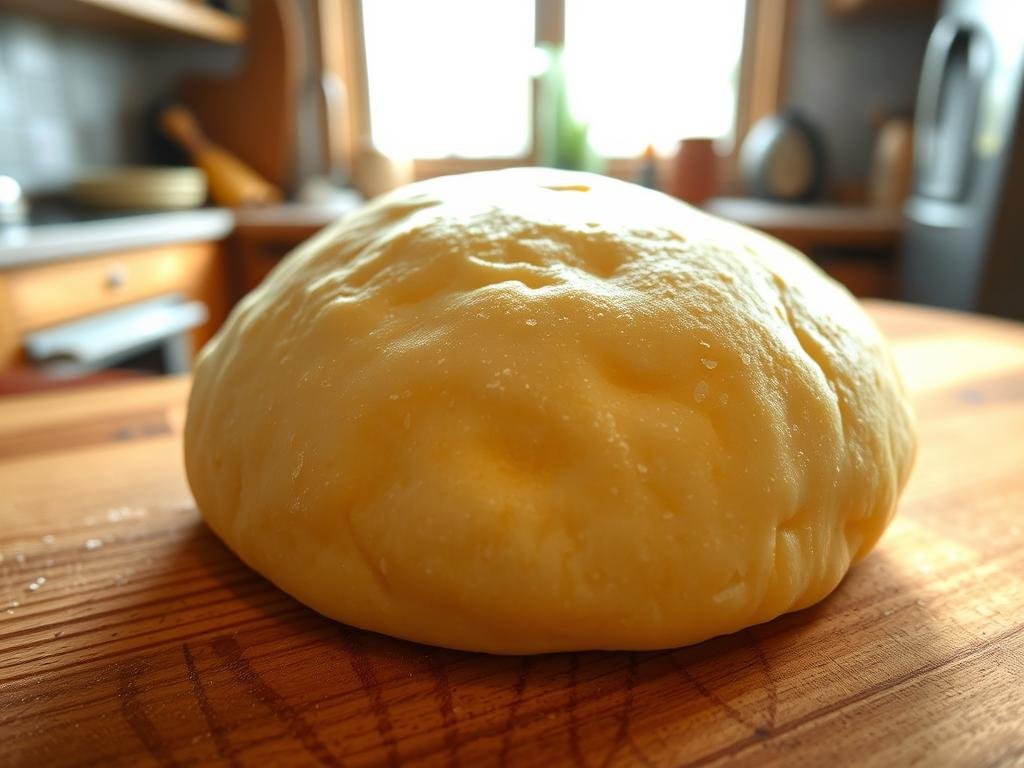When it comes to culinary fusion, few things are as delightful as the unexpected marriage of flavors from different corners of the world. Imagine the rich, hearty essence of Ethiopian lentils combined with the warm, comforting embrace of Latin-style arepas—a delightful union that brings together the best of both worlds. The result is a dish that not only tantalizes your taste buds but also tells a story of cultural amalgamation, creating a symphony of tastes and textures that dance on the palate.
🧘♂️ Magical Insights
Chakra Insight:
🌱 Root Chakra — The grounding spices and earthy lentils help reconnect you to stability and security. Great for days when you're feeling unrooted or scattered.
Tarot Influence:
- The Emperor – Structure, roots, foundation (Arepa)
- The Tower (Reversed) – Grounding after a shake-up (Berbere spice)
- Temperance – A fusion of cultures and energies in perfect balance
Haiku:
vbnet
CopyEdit
Spiced wind on my tongue,
Corn and fire in soft embrace—
Earth holds me steady.
The Origins of Arepas and Lentils
To truly appreciate this dish, we must first take a step back and explore the origins of its components. Arepas, beloved in Colombia and Venezuela, are versatile cornmeal cakes that have been a staple for centuries. They come in various forms and can be filled or topped with an endless variety of ingredients, ranging from savory meats to luscious cheeses and even sweet treats. Historically, arepas date back to the indigenous peoples of the region, who ground maize into a dough, shaping it into flat discs and cooking them over an open fire. Over time, these humble beginnings have evolved into a beloved culinary tradition that adapts seamlessly to modern tastes.
On the other hand, lentils have a rich history that spans thousands of years. Originating in the Near East, they have been cultivated since ancient times, celebrated not only for their nutritional value but also for their versatility in cooking. In Ethiopian cuisine, lentils are often cooked with an array of spices to create a dish known as misir wot, a spiced lentil stew that is both comforting and bursting with flavor. The use of spices in Ethiopian cooking—like berbere, a blend of chili peppers, garlic, and various spices—adds depth and warmth, making lentils a perfect vehicle for flavor.
The Essence of Flavor Fusion
The beauty of this recipe lies in the harmonious blending of these two distinct culinary traditions. Picture the earthy, nutty taste of lentils, accentuated by the vibrant spices of Ethiopian cuisine, nestled within the tender, golden embrace of the arepa. This dish is not merely about combining ingredients; it’s about creating a new narrative where each element enhances the other, inviting you on a flavorful journey that transcends borders.
The technique of preparing this fusion dish is as essential as the ingredients themselves. The lentils are simmered until they’re perfectly tender, allowing them to soak in all the aromatic spices. Then, the arepas are crafted from masa harina, a fine corn flour that gives them that signature texture—crispy on the outside and soft on the inside. The magic happens when you spoon the spiced lentils into the arepas, creating a handheld delight that is both satisfying and nourishing.
Unique Ingredients and Their Significance
What elevates this recipe beyond the ordinary is the careful selection of ingredients. The lentils not only provide a hearty base but are also packed with protein and fiber, making them a fantastic choice for both vegetarians and meat-lovers alike. The inclusion of traditional spices like cumin, coriander, and turmeric not only enhances the flavor profile but also adds a healthful touch, as these spices are known for their anti-inflammatory properties.
Additionally, the arepas themselves can be customized; you can use different types of corn flour or even infuse them with herbs or cheese for an added twist. This flexibility allows each cook to leave their mark on the dish, making it a personal experience.
In this recipe, you are not just preparing a meal; you are participating in a cultural dialogue, a culinary exploration that invites you to appreciate the vibrancy of both Ethiopian and Latin flavors. Whether you’re gathering friends for a casual dinner or experimenting in your own kitchen, this fusion dish promises to spark conversations, ignite creativity, and provide comfort in every bite. So, roll up your sleeves and get ready to embark on a culinary adventure that is as rewarding as it is delicious!









